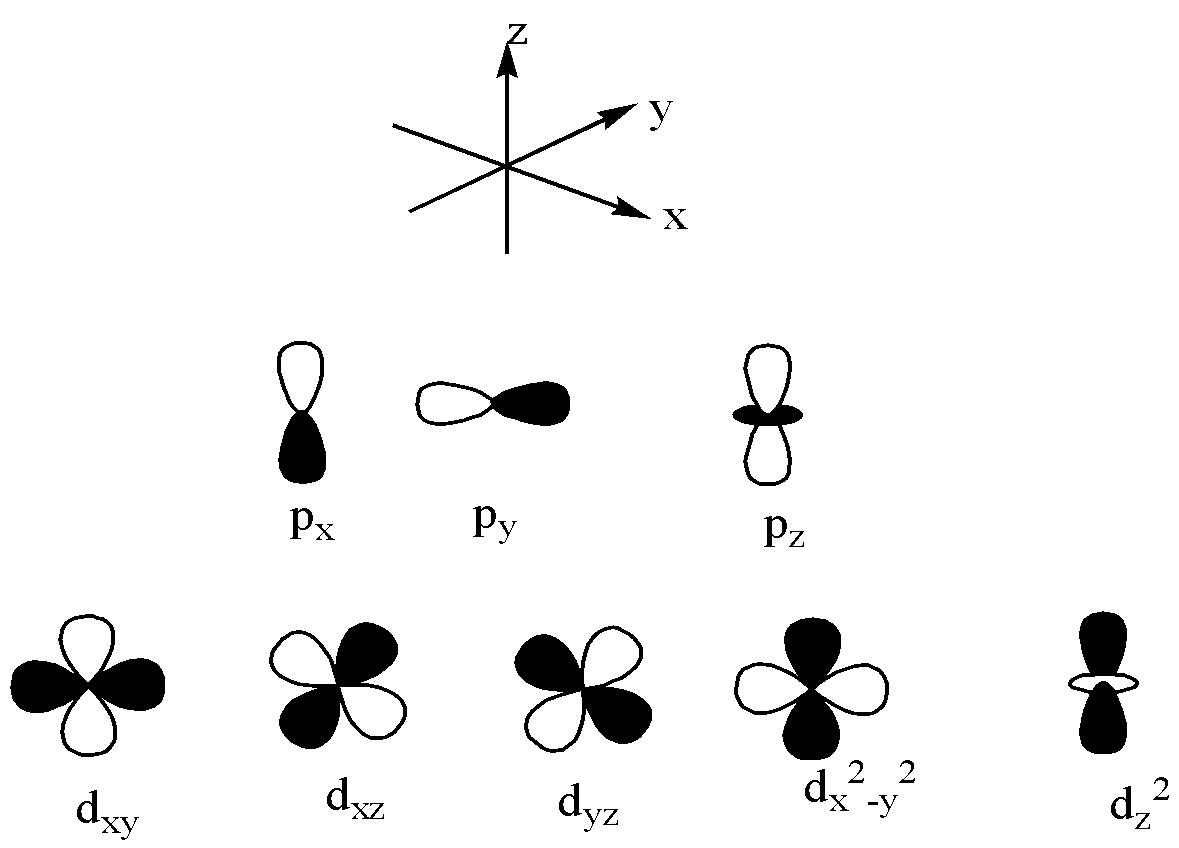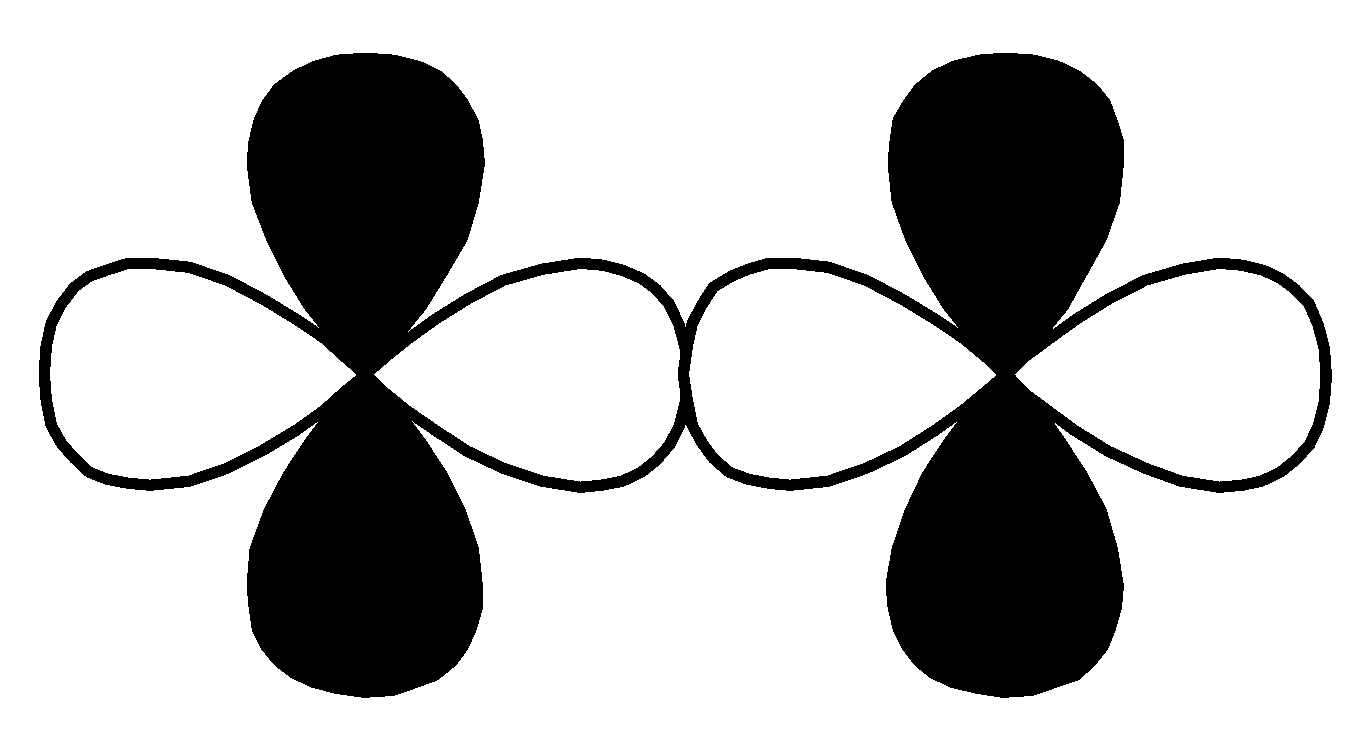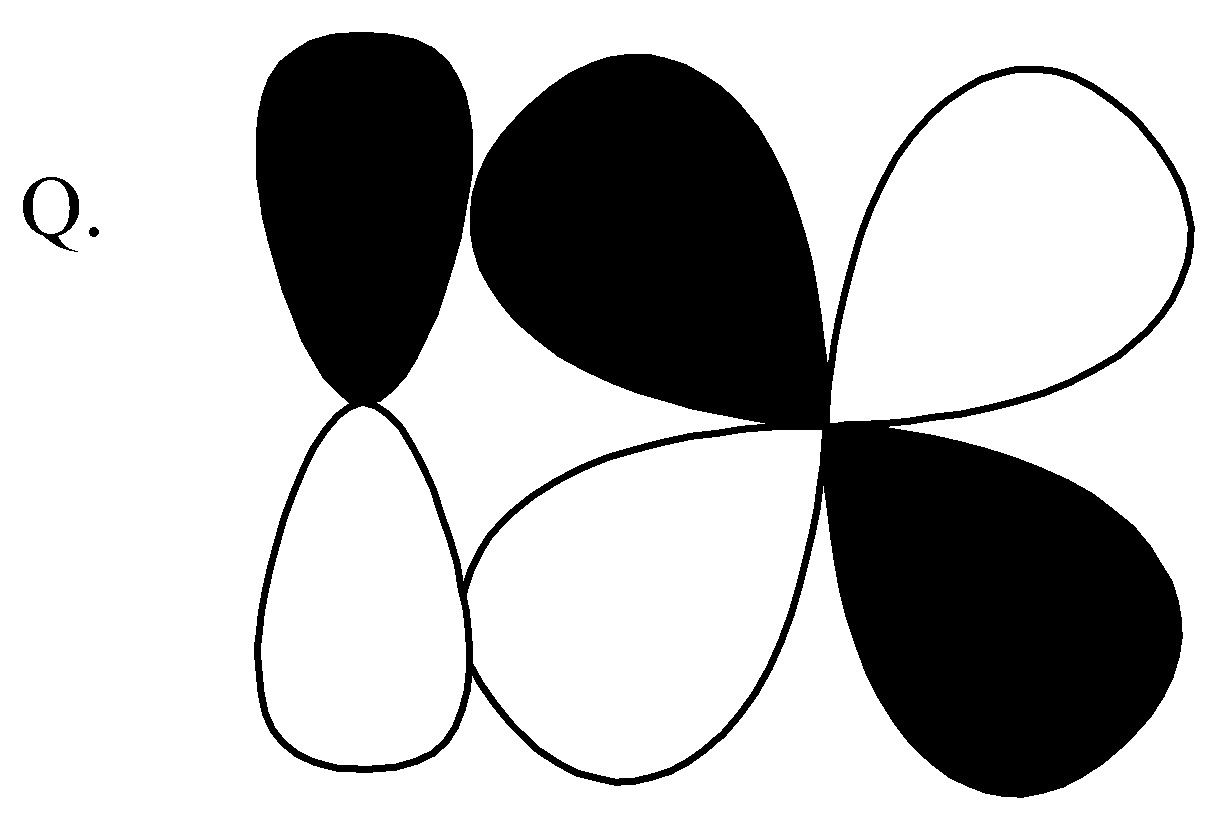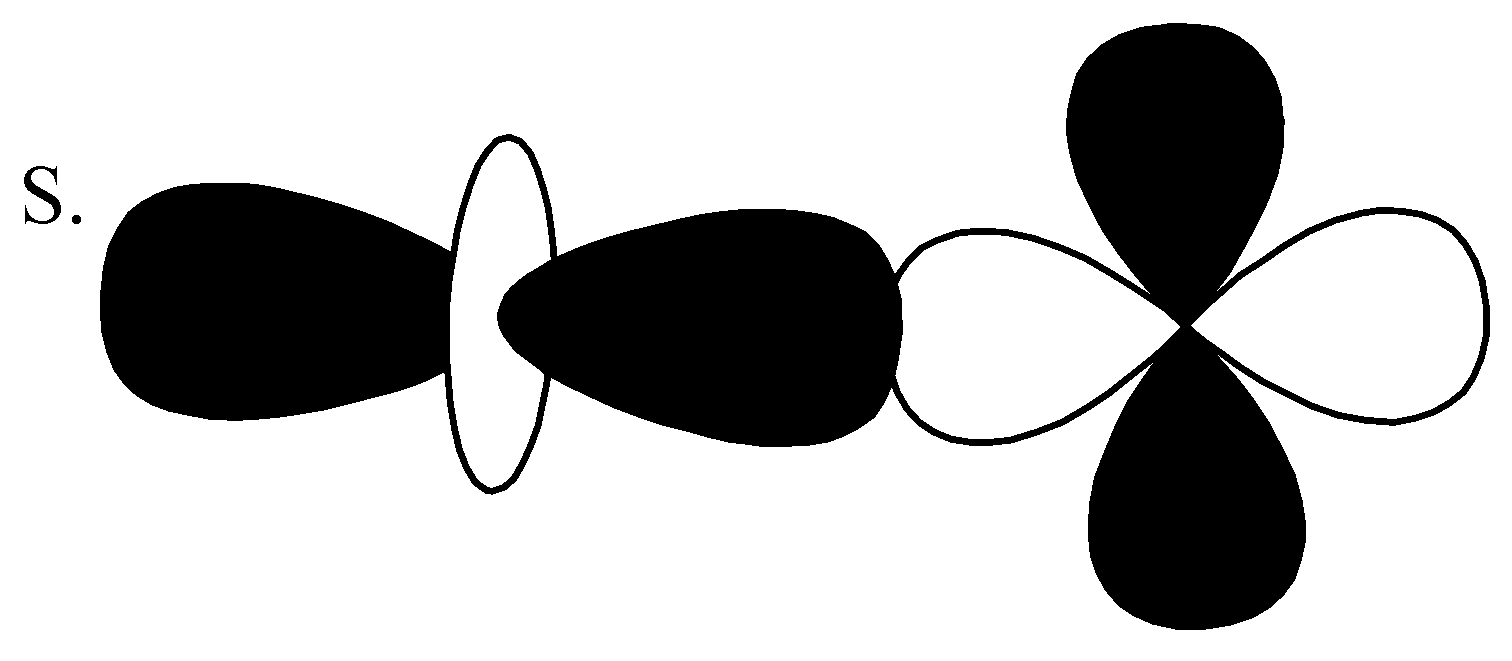Question
Question: Match the orbital overlap figures shown in List-I with the description gives in List-II and select t...
Match the orbital overlap figures shown in List-I with the description gives in List-II and select the correct answer using the code given below the lists:
| List-I | List-II |
|---|---|
P.  | p−d πantibonding |
Q.  | d−d σbonding |
R. | p−d πbonding |
S. | d−d σantibonding |
A. P−2,Q−1,R−3,S−4
B. P−4,Q−3,R−1,S−2
C. P−2,Q−3,R−1,S−4
D. P−4,Q−1,R−3,S−2
Solution
We must need to know that an orbital overlap is the concentration of orbitals on adjacent atoms in the same regions of space and the atoms combine by colliding with each other, and create chemical bonds. Overlapping of orbitals occurs in two ways, they are sigma (σ) bond and pi (π) bond, and these are giving rise to covalent bonds.
Complete step by step answer:
We have to remember that when the orbital overlap between the nuclei of two atoms, and also known as the internuclear axis, is known as sigma (σ) bond. And pi (π) bond occurs when two p− orbitals overlap. Electrons in bonding orbitals will stabilize the molecule because they are between the nuclei and they have lower energies. When there is less electron density between the nuclei, then antibonding orbitals are placed.
p and d orbitals are,

From the above information and the orbitals diagram, let us see the correct options one by one,
P.  ,
,
This overlap is head-to-head overlapping, so this is a sigma bond.
So, option (2) d−d σ bonding is the correct option for (P).
 ,
,
This pi bond and this is formed by sideways overlap of atomic orbitals, the formed pi bond axes are parallel to each other and the overlapping is perpendicular to the internuclear axis. So, this is p−dπbonding. Correct option for (Q) is(3) p−dπbonding.
 ,
,
This contains p, d orbitals and this is antibonding orbitals. So, the correct option for (R)is (1) p−dπ antibonding.
 ,
,
From the above orbitals diagram, these two orbitals are d− orbitals and the bonding is anti-bonding. So, the correct option is (4)d−dσanti−bonding .
Thus, the correct option is C. P−2,Q−3,R−1,S−4.
| List-I | List-II |
|---|---|
P.  | d−d σbonding |
Q.  | d−d πbonding |
R.  | p−d πantibonding |
S. | d−d σantibonding |
So, the correct answer is Option C.
Note: We have to remember that the p−orbitals are dumbbell in shape whereas d−orbitals are clover shape. Linus Pauling explained the importance of orbital overlap. This is explained by emphasizing the molecular bond angles are observed through the experiments and this is the basic concept for orbital hybridization.
